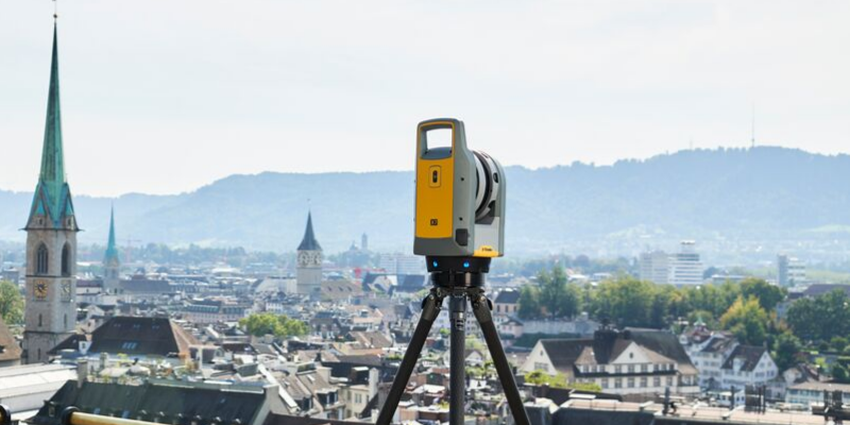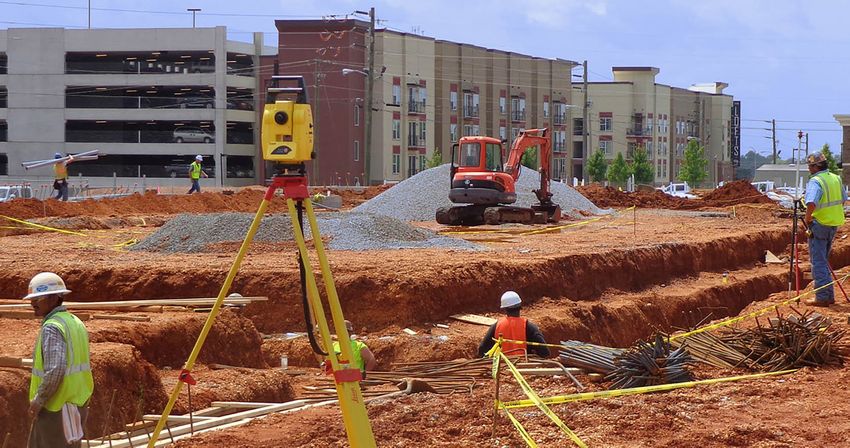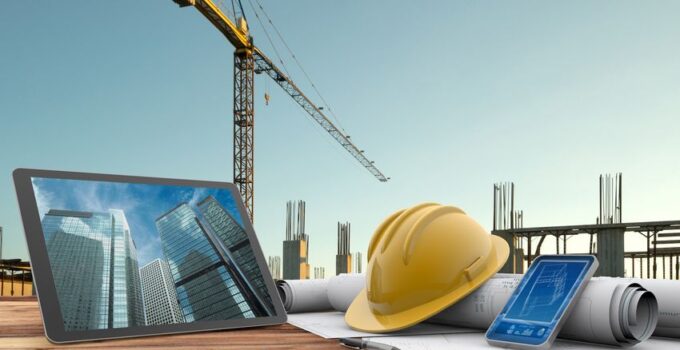The construction industry has changed significantly over the years. Advancements in technology have helped to improve the sector, particularly when it comes to laser technology. While the adoption of laser technology in the construction sector may have been slow, it is now starting to provide numerous benefits.
The lasers in the construction industry are getting more popular in recent years, which is not so surprising when we know all the benefits that some construction companies could get from using them. Laser machines in construction can be used for squaring, leveling, aligning, and many more processes that were much more complicated with traditional methods.

source:novyles.org
There is a great expansion of laser technology in many different industries and for civil engineering, the instruments that are using this technology provides the user with higher accuracy and better effectiveness. The main use of laser machines in construction is for road paving, installing pipes, excavating, but they are also of great use in setting the correct dimensions of walls, roof, ceilings, and more.
Almost every country has its regulation about the power of lasers because letting anyone have some laser with too much power could lead to possible danger. Also, most of the lasers on the market are ones with a single dot, rather than a beam. In this article we are going to present to you how lasers have been applied within construction, what are their benefits, and the challenges that they present.
Page Contents
How are lasers used in construction?

source:spar3d.com
When they were first introduced into the construction industry, lasers were largely used within the maintenance and building of industrial facilities. However, these days it can be used in a wide range of applications, such as building infrastructure.
Laser scanning is used within the design, construction, operations, and renovations. Within construction, they can avoid conflicts between various systems such as electrical and HVAC. The scanning process itself can be conducted at multiple stages of the project, enabling workers to document milestones and reduce the need for change orders.
There are three types of construction lasers, Dot Laser, Rotary Laser, and the Line Laser. Dot Laser is used in civil engineering for setting the correct dimensions and straight lines for walls, ceilings, and more. The rotary laser is for scanning a room in 360 degrees, and this kind of laser is usually for distances higher than 200 feet.
Line lasers represent machines with a beam that helps you to determine the accuracy and dimensions of some work surfaces. Also, some accessories are necessary for the proper use of line lasers, and that accessories are laser detectors, mount hardware, batteries, tripods, and leveling staff. There are also combo lasers, that allows its use for a multifunctional use as all three.
Also, since there is a lot of manufacturer of various laser machines, you have to be aware that some of them will not provide you with the best accuracy, or the distance that you have to measure. You should always check if the producer is well-known, and choose a proper type of laser that you need.
What are the benefits?

source:gabycreates.com
There are a lot of benefits laser technology delivers to the industry. Largely, it improves quality and accuracy. When you use the latest products, such as laser levels from RS, it significantly reduces the risk of human error. You’ll also be able to achieve a much greater level of detail.
Laser scanning also provides information immediately when it’s needed. As scans can be carried out and accessed instantly, it improves operations and streamlines productivity. As an additional benefit, it also reduces the chance you’ll have to carry out re-works.
Also, from many benefits, we have to mention that laser machines are providing the workers with much better control of the job they are working on because laser is giving accuracy that is incomparable to some traditional methods of measuring.
The main use of lasers in constructions is for grading, alignment, and leveling. The benefits of using lasers for grading are better communication, higher control of the processes, and improved speed of work. For the alignment, the best benefit of using laser is that it allows the determination of dimensions by only one person.
In the process of leveling, the best benefit of laser is that it is always showing the straight horizontal line, which makes the process easier than with some traditional methods. Finally, laser scanning in the construction industry can also help to cut costs. It is a lot faster than traditional mapping techniques, and the scans can be fully completed in a matter of minutes.
What are the challenges?

source:gabycreates.com
Today, many processes are only possible with laser technology, especially some cutting processes, because laser cutting provides the best accuracy. And, as we already said, laser technology is helping the construction industry to reach a higher level of effectiveness, especially with an easier process of determination of dimensions, which is crucial before some construction process started.
However, there are still some challenges in the industry of lasers. First of all, because this is still new for many people, workers must adapt to using lasers, and learn how to use it properly. Also, this technology is too expensive for many companies, so they are still using some traditional methods rather than investing a high amount of money in the new technologies.
But, after all, with all of the benefits and advancements in laser technology, and improvements of laser-based machines available on the market, it is advised for construction companies to develop and invest in new technologies that will allow them to be more effective and precise in their work.
Furthermore, if some construction company wants to track the current trends in civil engineering and implementation of new technologies, they should always look to invest in new technologies such as buying some laser machines. And, even if it can be too expensive in the beginning, with all of the benefits that it provides you with, that shouldn`t be a challenge that will distract you from improving what you have to offer to your clients.





